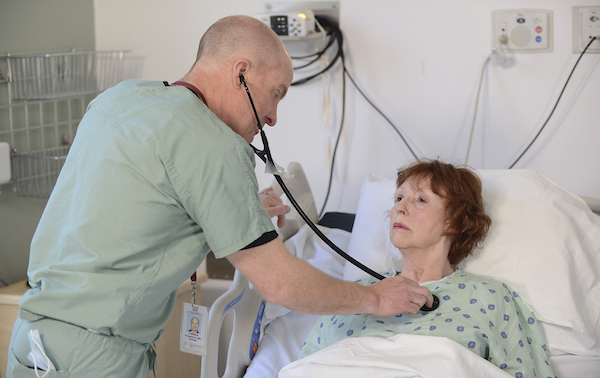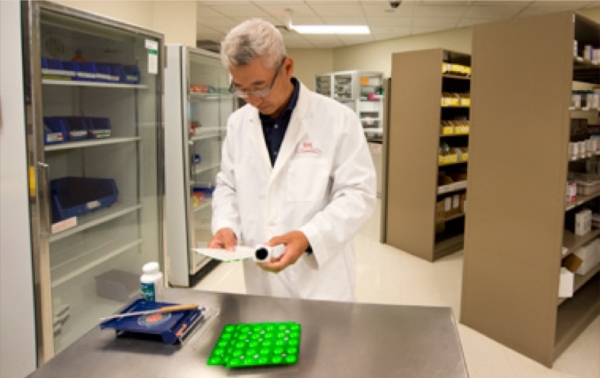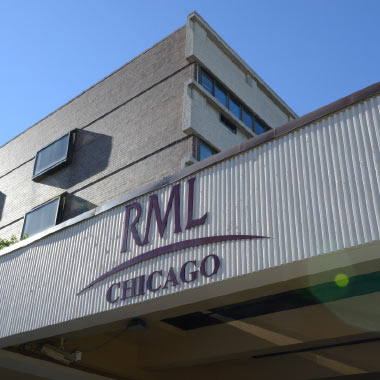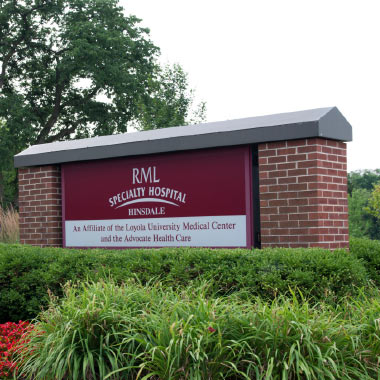What is an LTCH?
Long-term Acute Care Hospitals or (LTCHs) like RML serve patients with complex needs requiring extended hospital stays and intensive, highly specialized care.
How is an LTCH different from a traditional hospital or a nursing home?
An LTCH provides a similar level of intensive care as a traditional hospital but also specializes in meeting the longer-term needs of patients with critical illness or injury or highly complex chronic conditions. At RML, these specialties include ventilator weaning, advanced wound care, stroke rehabilitation, and support for patients with a ventricular assist device (VAD) or recent organ transplant.
While patients generally stay in traditional hospitals for several days or a week, they may remain at an LTCH for 25 days or longer, as needed. Unlike a nursing home, however, an LTCH is not a permanent place of residence. Also, unlike a nursing home, LTCHs offers on-site physician coverage 24 hours a day, seven days a week.
At RML, the team is also uniquely structured to provide needed emotional and spiritual support to patients and families throughout their stay.

LTCHs at a glance:
- Most patients admitted to an LTCH arrive directly from the Intensive Care Unit of a traditional hospital.
- LTCH teams offer expertise in a broad range of specialties and work together in teams to develop and implement individualized treatment plans for each patient.
- Before admission, a nurse will discuss RML’s programs and services with the patient and family, and will also review the patient’s chart to confirm that he or she meets the admission criteria for an LTCH.
- RML offers daily active physician involvement with patients during treatment, and provides around-the-clock, on-site physician coverage. (Not all LTCHs offer this level of physician coverage.)
- The goal of an LTCH: to help patients improve and advance their recovery to a point that allows them to return home or be discharged to the next level of care.





